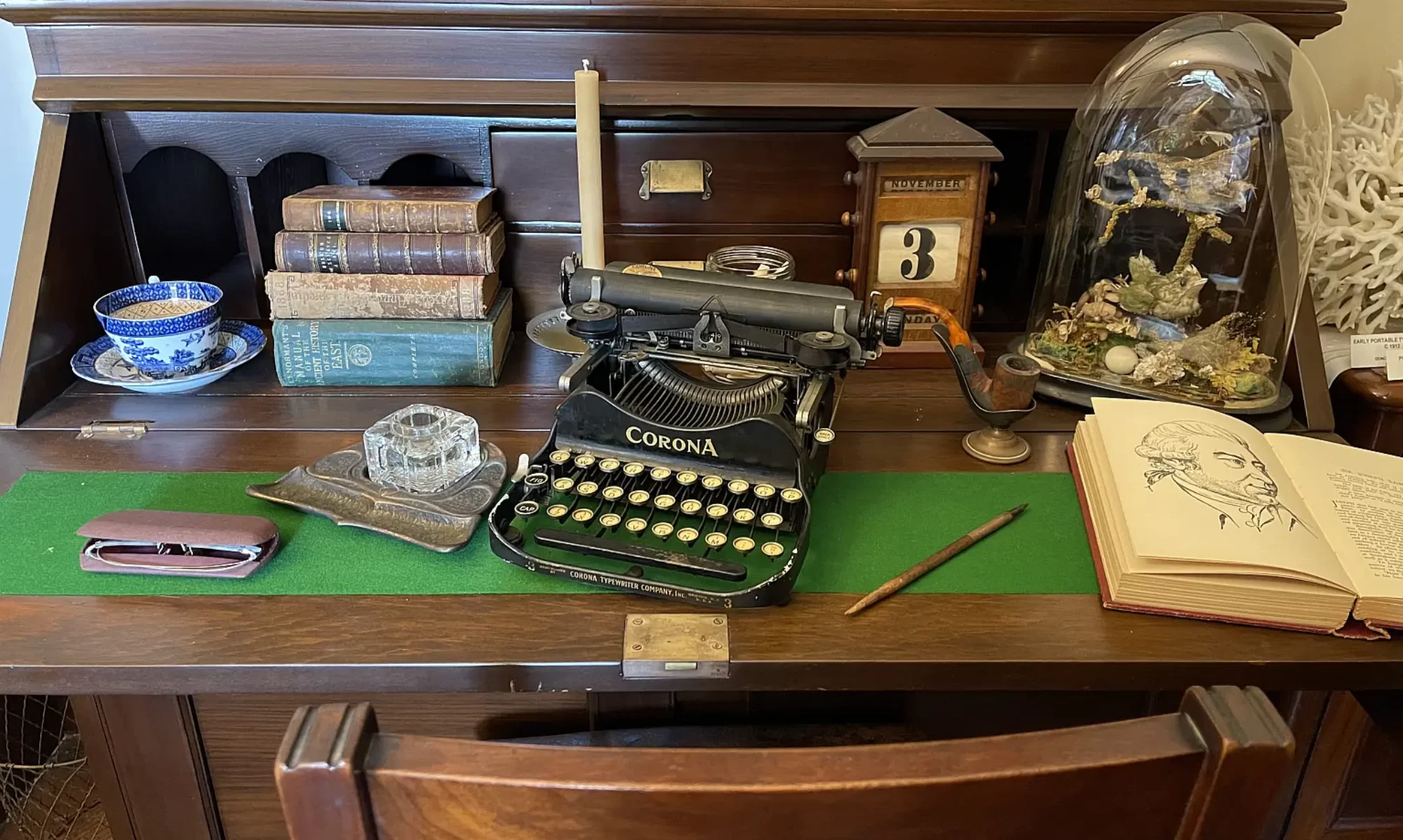James Oatley arrived in Sydney Town as a convict on January 27, 1815. Before his sentence, he had been a little-known watch and clockmaker living in Stafford, England.
Upon arrival, he was permitted to set up in business in George Street, on a site opposite the present Town Hall. He was soon commissioned by Governor Macquarie to make the turret clock in the prisoners’ barracks, a building now in use as law courts but then being constructed by fellow convict and architect Francis Greenway on the corner of King and Macquarie Streets.

While waiting for land grants offered for this service, he continued his trade and is reputed to have made at least six outstanding grandfather clocks.

In 1831, he settled on 175 acres of land in the Beverly Hills-Kingsgrove district. He subsequently acquired more land in the area,combined farming with his clock business until he died in 1839. He was buried on his farm, his grave being near the present Ponyara Road – Pallamana Pde. intersection.
James Oatley’s grave lay forgotten for many years, and his name stirred few memories.
However, in May, 1921, an anonymous report appeared in the Truth newspaper. It read:
“While out for a stroll yesterday, I came across an old grave, near what appears to have been a farm many years ago. This farm is situated in the country between Penshurst and Lakemba. On the slab of stone covering the grave is the following inscription: ‘Sacred to the memory of James Oatley. Obit. October 8th, 1839. Aetat 70 years. ”
In addition to the headstone (which is now in the Hurstville Historical Museum), and the general name for the suburb, James Oatley is also commemorated in the district by Oatley Bay and Oatley Park.
Hannah Laycock came to New South Wales as a free settler in 1791. She was the 32-year-old wife of Quartermaster Sergeant Thomas Laycock Snr of the New South Wales Corps (veteran of the Battle of Vinegar Hill). However, she was able to make a highly successful career for herself in the new colony.

In 1804, she received a grant of land (500 acres) on the south side of Cook’s River, for which she was to pay a rent of 10 shillings a year. She called the property “King’s Grove Farm” after Governor King, who made the grant. The grant extended from Stoney Creek Road to William Street and from Kingsgrove Road to Bexley Road.
By 1814, Hannah Laycock was supplying 2000 lb of meat to the Government – a business venture which expanded rapidly.
In 1829, she sold the Kings Grove farm. However she did not live long after the sale, and died in Sydney Hospital on May 12, 1831, at the age of 73 years.
She was buried in the old Devonshire Street Cemetery. After the removal of this cemetery to make way for Central Railway, her remains were transferred to Botany in 1901. The headstone could be seen until a few years ago, but cannot be located now.
The suburb of Kingsgrove includes most of what was once Hannah Laycock’s farm. The railway line from Sydney bisects the original grant as it approaches Kingsgrove Station.
The family name survives in the district in Laycock Street, Bexley North, and also in Laycock Road, Penshurst.
Governor Macquarie spoke kindly of Hannah Laycock as “the good old lady”. She has left her mark on the country as a pioneer settler and landholder, owner of a considerable number of cattle, and supplier of fresh meat for the early colonists of New South Wales.
This article was first published in the November 2000 edition of our magazine.
Browse the magazine archive.

